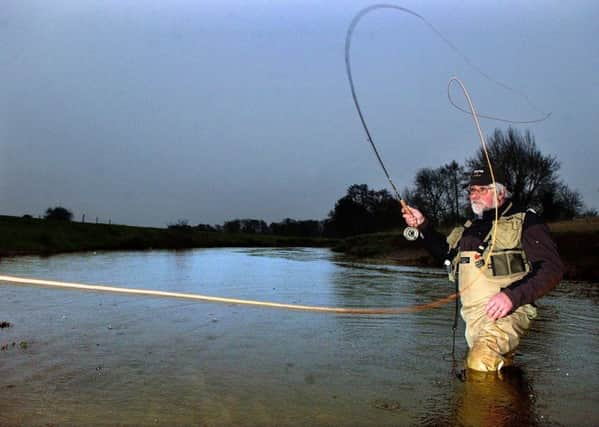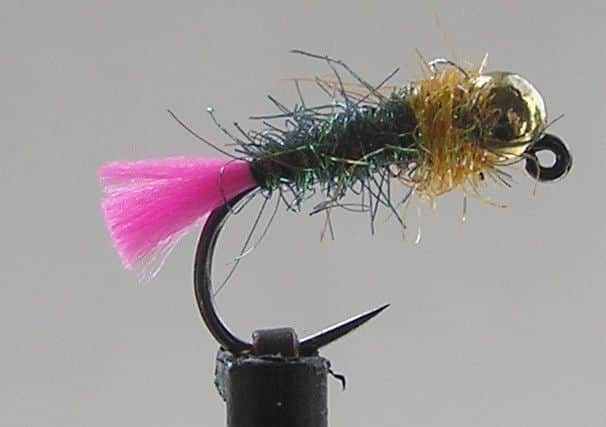Fly fishing: Dried out riverbeds disrupt the season


Consequently, I took very little notice of what he said and the fact that I actually passed O-level geography was a complete mystery to me. It clearly indicates that examinations do not test knowledge or understanding; memory perhaps, but little else.
Apparently, one of the topics that we covered all those years ago was the rain shadow effect of the Pennines. I only know this because my wife told me. She enjoyed an inspiring geography teacher, so she paid very close attention to her lessons.
Advertisement
Hide AdAdvertisement
Hide AdThe theory is that the prevailing, moisture-laden winds approach from the west and when they reach the Pennines, they are forced to rise over the hills. In doing so, the air is cooled making these winds unable to hold as much moisture. As a consequence, the now condensed water falls as rain on the flanks and summit of the hills.


Just a minute, I hear you saying, “What on earth has this to do with fishing?” Well, actually this meteorological phenomenon has significantly affected my 2016 angling calendar.
At times, when the Dales rivers have enjoyed good flows of water, over here in the east it has been a different story. The rivers and streams of the east of the county have suffered from a lack of flow for much of the season.
Since July, the rivers have been at or below typical low level and there are stretches of the river Rye that are currently completely dried up. We have seen the occasional period of rain but these have turned the river dirty rather than increasing the flow.
Advertisement
Hide AdAdvertisement
Hide AdOn one day in August, when the rivers in my part of Yorkshire were very low, I fished the river Wharfe, only 50 miles to the west and experienced excellent conditions.


Why does all this matter? Ah, now I know about this stuff simply because I gave unwavering attention to my science lessons because my chemistry teacher was motivating and my biology teacher was beautiful. For these reasons, I know that when water flow decreases in summer, it becomes warmer; warm water carries less dissolved oxygen than cool water. In low oxygen levels, fish become lethargic and less inclined to hunt for food. As river water rises in temperature and decreases in flow, green algae proliferates and covers the stream bed in a slimy layer that denies oxygen to the bottom dwelling invertebrates upon which the fish depend for nutrition.
The algae also clogs up the gravel in which fish lay their eggs in the autumn. Added to all this, low flows also usually mean gin-clear water which negates any attempt by the angler to be stealthy. One day in July, I fished one of our small rivers and found myself spooking fish that were still ten yards upstream of me.
Please do not think that I have not enjoyed my fishing season, I have. By the time that you read this the trout season will be closed for another year, but grayling fishing continues through the winter.
Advertisement
Hide AdAdvertisement
Hide AdKnown as “the lady of the stream” the grayling often fall for a bit of bling, hence our grayling bug offering for this month, but before I cop any ear ache, I do not extend this accusation to any other ladies.
I must just finish this month by acknowledging the fact that my English teacher persuaded me to write, even as a young shaver. She was a true inspiration and was adorned with a most spectacular beehive hairdo.
Bring on the autumn rains.